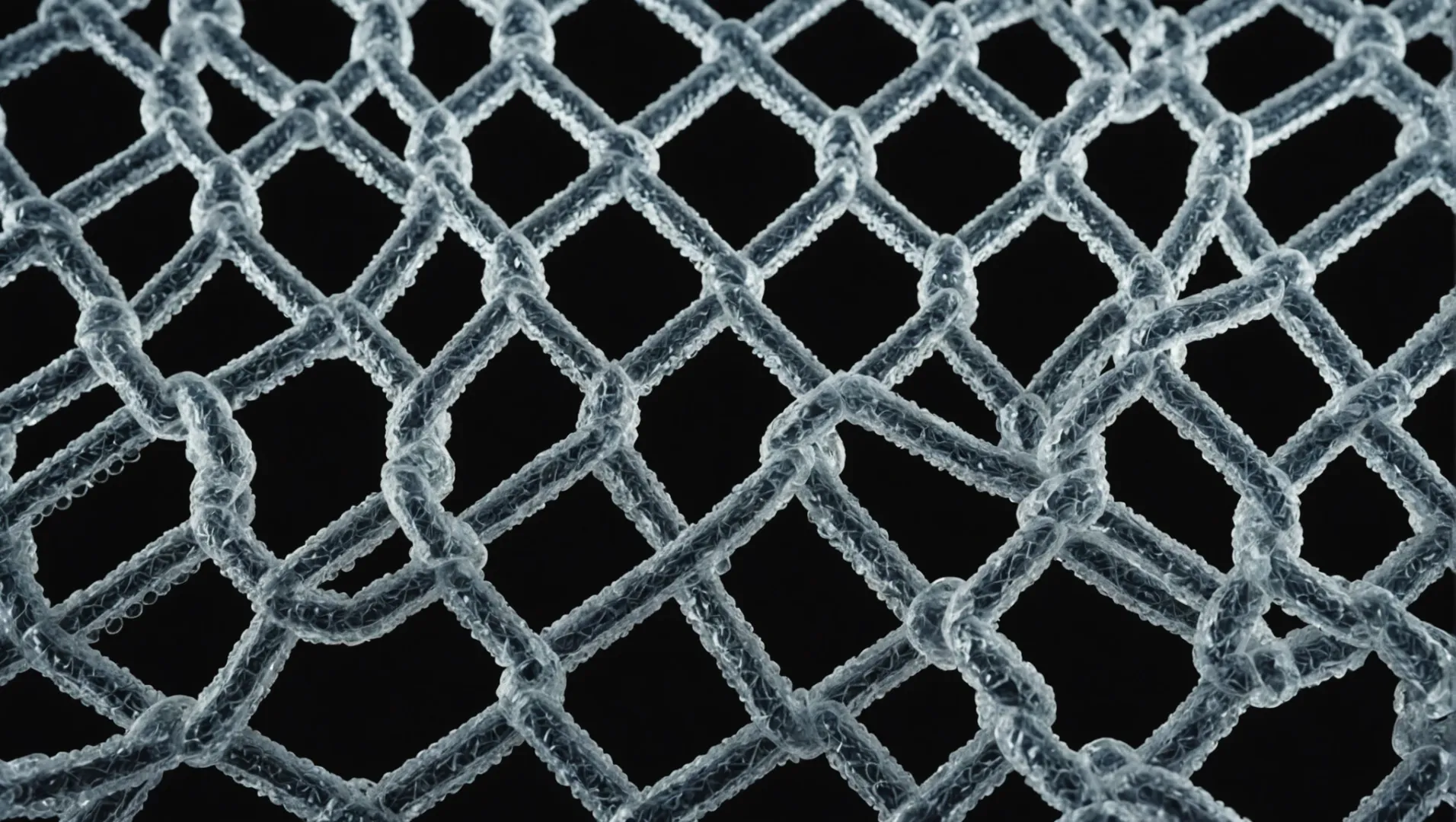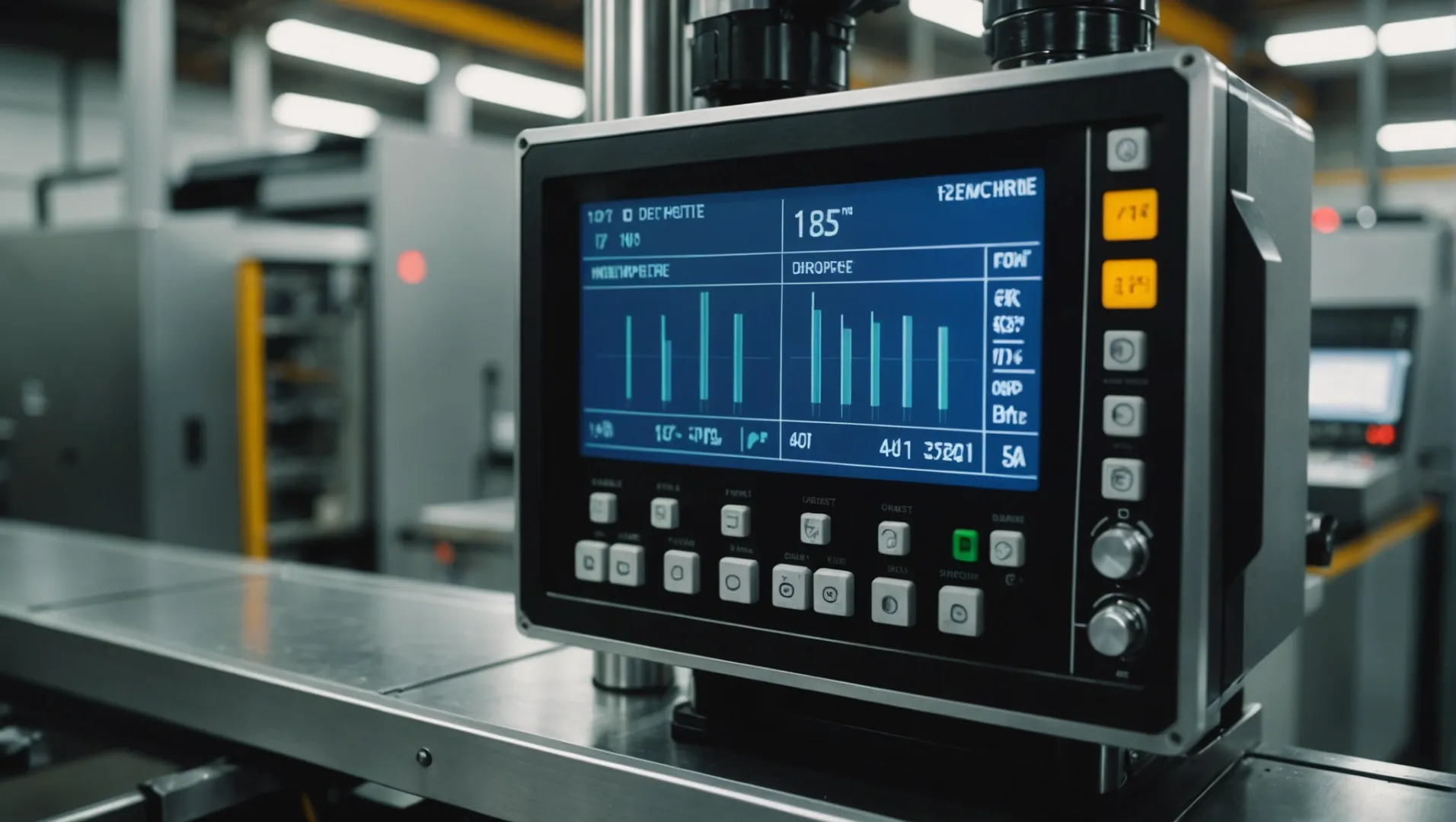
Understanding shrinkage in PP injection molded products is crucial for achieving precision in manufacturing.
Shrinkage in PP injection molded products is primarily caused by crystallinity, glass transition temperature, molding temperature and pressure, as well as mold and product design considerations. These factors collectively influence the final dimensions and performance of the product.
While this snippet provides a quick overview, diving deeper into each of these factors reveals strategies to effectively manage and mitigate shrinkage. By doing so, you can significantly enhance the quality and consistency of your molded products.
Higher crystallinity in PP increases shrinkage.True
Higher crystallinity leads to tighter molecular packing, increasing shrinkage.
How Does Crystallinity Affect Shrinkage in PP Products?
Exploring the impact of crystallinity on shrinkage in PP products can reveal crucial manufacturing insights.
Crystallinity significantly impacts shrinkage in polypropylene (PP) products. Higher crystallinity leads to tighter molecular packing, increasing shrinkage. Variations in PP grades, due to differences in molecular structure and additives, further affect crystallization and shrinkage rates.

Understanding Crystallinity in PP
Crystallinity refers to the degree of structural order in a polymer. In polypropylene products1, crystallinity affects how closely molecules pack together when cooled from a melted state. Higher crystallinity implies a more organized molecular structure, which naturally contracts more as it cools, resulting in increased shrinkage.
Variations Across PP Grades
Different PP grades exhibit varying levels of crystallinity due to differences in molecular weight, structure, and additives. For instance, a high-density PP might crystallize more completely than a lower density variant, leading to distinct shrinkage rates.
| PP Grade | Typical Crystallinity | Expected Shrinkage |
|---|---|---|
| High-Density | High | Greater Shrinkage |
| Low-Density | Low | Lesser Shrinkage |
Impact of Molecular Structure and Additives
The molecular structure of PP influences its ability to crystallize. Linear polymers generally crystallize more easily than branched ones. Additives can also play a crucial role; some additives may hinder crystallization, thereby reducing shrinkage.
Managing Crystallinity for Optimal Shrinkage
Controlling the cooling rate during the injection molding process2 can help manage crystallinity levels. Rapid cooling tends to inhibit crystallization, reducing shrinkage but potentially impacting the mechanical properties of the final product. Therefore, balancing cooling rates is essential.
Additionally, selecting the appropriate PP grade for specific applications, considering both its crystallinity and additive content, is vital for minimizing unwanted shrinkage effects.
Higher crystallinity in PP increases shrinkage.True
Higher crystallinity leads to tighter molecular packing, causing more shrinkage.
Rapid cooling increases crystallinity in PP.False
Rapid cooling inhibits crystallization, reducing crystallinity and shrinkage.
What Role Do Injection Molding Temperatures Play in Shrinkage?
In injection molding, temperature control is pivotal for managing shrinkage in PP products.
Injection molding temperatures, specifically barrel and mold temperatures, significantly influence the shrinkage of PP products. High temperatures enhance crystallinity, slowing cooling and increasing shrinkage. Conversely, lower temperatures accelerate cooling and minimize shrinkage, emphasizing the need for precise temperature regulation.

Barrel Temperature Effects
The barrel temperature3 in injection molding impacts the fluidity and crystallinity of polypropylene (PP) materials. Higher barrel temperatures enhance the material’s flow, allowing it to fill the mold more easily. However, this also leads to slower cooling within the mold, thereby increasing the crystallinity of the PP. As crystallinity rises, so does shrinkage, due to tighter molecular packing.
| Parameter | Effect on PP |
|---|---|
| High Barrel Temp | Increased Flow |
| Slower Cooling | |
| Higher Crystallinity | |
| Low Barrel Temp | Reduced Flow |
| Faster Cooling | |
| Lower Crystallinity |
Balancing barrel temperature is critical; excessive heat can cause defects like warping or increased shrinkage, while insufficient heat may hinder proper mold filling.
Mold Temperature Influence
Mold temperature plays a vital role in determining how quickly a product cools and solidifies after being injected. A high mold temperature results in slower cooling rates, enhancing crystallization. This complete crystallization process increases product shrinkage.
Conversely, a lower mold temperature quickens the cooling process. Rapid cooling limits crystallization time, reducing shrinkage. Thus, controlling mold temperature is essential for achieving desired dimensional accuracy and minimizing post-molding distortions.
Temperature Regulation Strategies
Effective strategies to manage temperatures include using advanced thermal management systems and implementing precise control mechanisms to maintain optimal temperature profiles throughout the injection process.
By understanding and controlling both barrel and mold temperatures, manufacturers can significantly reduce shrinkage issues and improve the overall quality of their PP injection molded products. Moreover, adjustments based on product design and material properties ensure that the final product meets required specifications with minimal dimensional variation.
High mold temperature increases shrinkage in PP products.True
Higher mold temperatures slow cooling, enhancing crystallization and shrinkage.
Low barrel temperature increases the flow of PP materials.False
Low barrel temperatures reduce material flow, hindering mold filling.
Can Mold Design Alter the Shrinkage Rate of PP Products?
Mold design plays a pivotal role in determining the shrinkage rate of PP injection molded products.
Mold design can significantly influence the shrinkage rate of PP products by controlling gate size and position, optimizing the mold cooling system, and ensuring an effective mold cavity design. These elements help manage material flow, cooling rates, and stress distribution within the molded product.

Importance of Gate Size and Position
The gate size and position are critical in controlling how material flows into the mold, impacting the shrinkage rate. If the gate size is too small, it restricts material flow, causing uneven shrinkage due to pressure imbalances. Conversely, an excessively large gate can lead to overheating at the entry point, compromising product quality.
Choosing the optimal gate location ensures even material distribution, reducing internal stress and minimizing shrinkage. For example, placing gates near thicker sections of the product can aid in achieving uniform filling and cooling.
The Role of Mold Cooling Systems
An efficient mold cooling system is essential for consistent shrinkage rates. Uneven cooling can lead to differential shrinkage across the product. Implementing a well-designed cooling system enables quick and uniform cooling, thereby reducing the risk of warping and dimensional inaccuracies.
Integrating strategically placed cooling channels helps maintain a uniform temperature throughout the mold. This is particularly important for complex geometries where certain areas might otherwise cool at different rates.
Mold Cavity Design Considerations
The design of the mold cavity directly influences material flow and, consequently, the shrinkage behavior. Complex cavity shapes can disrupt flow patterns, leading to uneven material distribution and increased shrinkage.
To mitigate this, mold cavities should be designed to facilitate smooth flow paths, ensuring uniform stress distribution. An example would be designing gradual transitions rather than abrupt changes in geometry, which helps in reducing internal stresses that contribute to shrinkage.
By focusing on these design aspects, manufacturers can effectively optimize mold performance4, enhancing the quality of PP products.
Gate size affects PP product shrinkage rate.True
Gate size controls material flow, impacting shrinkage by causing pressure imbalances.
Mold cooling systems have no effect on shrinkage rates.False
Efficient cooling systems ensure uniform cooling, reducing warping and shrinkage.
How Does Product Design Influence Shrinkage Outcomes?
The design of a product significantly impacts the shrinkage outcomes in PP injection molded items.
Product design influences shrinkage in PP molded products through wall thickness, rib and boss design, affecting cooling rates and crystallinity.

Wall Thickness Uniformity
The uniformity of wall thickness plays a crucial role in determining shrinkage outcomes. Inconsistent wall thickness can lead to uneven cooling rates, directly impacting the crystallinity of different sections within the product. Thicker sections tend to cool slower, leading to higher crystallinity and greater shrinkage compared to thinner sections. Designing with consistent wall thickness helps maintain uniform cooling and reduces differential shrinkage.
| Wall Thickness | Cooling Rate | Crystallinity | Shrinkage Rate |
|---|---|---|---|
| Thick | Slow | High | Greater |
| Thin | Fast | Low | Lesser |
Ribs and Bosses Design
Ribs and bosses are essential for structural support but can influence shrinkage significantly if not designed correctly. When these features are too large or improperly positioned, they can lead to increased localized shrinkage, causing warping or deformities. Optimizing the size and placement of ribs and bosses ensures balanced stress distribution and minimizes shrinkage effects.
Impact of Overall Geometry
The overall geometry of the product also affects how materials flow and cool during the molding process. Complex shapes may cause uneven flow, resulting in variable stress and shrinkage across the product. By considering these geometric challenges during the design phase, such as incorporating gradual transitions rather than sharp angles, designers can enhance material flow uniformity and reduce shrinkage-related defects.
For further insights into effective product design strategies5, exploring case studies on successful implementations can be beneficial.
Uniform wall thickness reduces shrinkage variance.True
Consistent wall thickness ensures even cooling, reducing shrinkage differences.
Large ribs increase shrinkage uniformity.False
Large ribs can cause localized shrinkage, leading to warping or deformities.
Conclusion
By mastering the factors influencing shrinkage, you can elevate the quality of your PP products and reduce defects.
-
Discover how crystallinity influences the properties of polypropylene.: The brittle-to-ductile transition temperature increases with increasing crystallinity, which is primarily attributed to the increasing yield stress. ↩
-
Learn techniques to control cooling rates in injection molding.: The cooling rate is a decreasing rate from the time the plastic resin enters the mold until the last cavity of the mold is filled. The cooling … ↩
-
Explore how barrel temperature influences fluidity and crystallinity in injection molding.: There are hundreds of processing variables to control in injection molding, and the temperature of the plastic has to be among the top five in … ↩
-
Discover comprehensive strategies to enhance mold design efficiency.: Steps to INJECTION MOLDING Process Optimization · 1. Tool functionality examination · 2. Short shot testing · 3. Gate seal studies · 4. Sample parts evaluation/data … ↩
-
Discover successful strategies to reduce shrinkage through optimized product design.: By adhering to best practices such as maintaining uniform wall thickness, optimizing gate placement and controlling cooling rates, manufacturers … ↩





